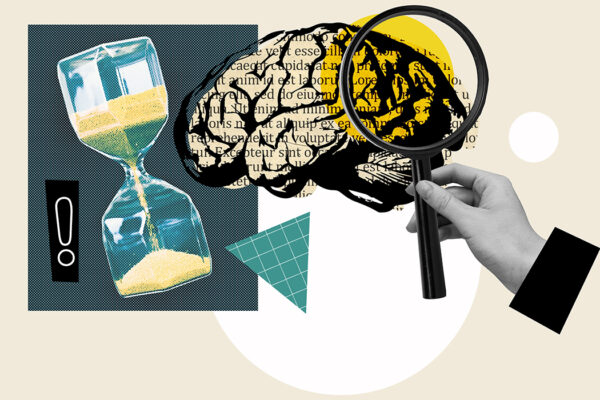Nothin’ but pawpaws in the pawpaw patch
Pawpaws are the state fruit tree of Missouri. But the trees tend to choke out woody bushes and flowering plants nearby, exerting a haphazard kind of pressure on would-be neighbors, according to research from WashU.
Physicist Dev awarded Humboldt research fellowship
Bhupal Dev, an associate professor of physics in Arts & Sciences, will analyze possible neutrino interactions with dark matter at the Mainz Institute for Theoretical Physics in Germany.
Geology team evaluates lunar landing locations
Brad Jolliff, in Arts & Sciences, is part of the Artemis III geology team that is helping NASA to evaluate the nine potential lunar landing regions for their scientific potential.
Across southeastern US, weedy rice steals herbicide resistance from crop rice
Biologists in Arts & Sciences found that 57% of their samples of weedy rice collected in Missouri, Arkansas and Louisiana were resistant to herbicides.
Brain tumors hijack circadian clock to grow
Glioblastoma is an aggressive, incurable brain cancer that is the most common malignant brain tumor in adults. New research from Washington University in St. Louis shows that glioblastoma has an internal clock and syncs its daily rhythms to match — and take advantage of — the rhythms of its host.
Ancient maize genomes help chart corn’s journey into eastern North America
The path maize took to reach eastern North America has long been debated. A new study in the journal Cell, co-authored by Gayle Fritz in Arts & Sciences, provides clear evidence that maize traveled across the Great Plains from the Southwest.
New cancer research reveals how fructose indirectly feeds tumors
WashU research shows that the liver turns fructose into lipids that many types of cancers crave.
Island biodiversity rides on the wings of birds
Bird wing shape — a proxy for long-distance flying ability, or dispersal — is a trait that influences biodiversity patterns on islands around the world, according to research from WashU biologists.
World leaders in ending blood cancer
The Siteman Blood Cancer Center delivers tomorrow’s treatments today.
Birthplace of precision medicine
At the forefront of individualized cancer care.
View More Stories









